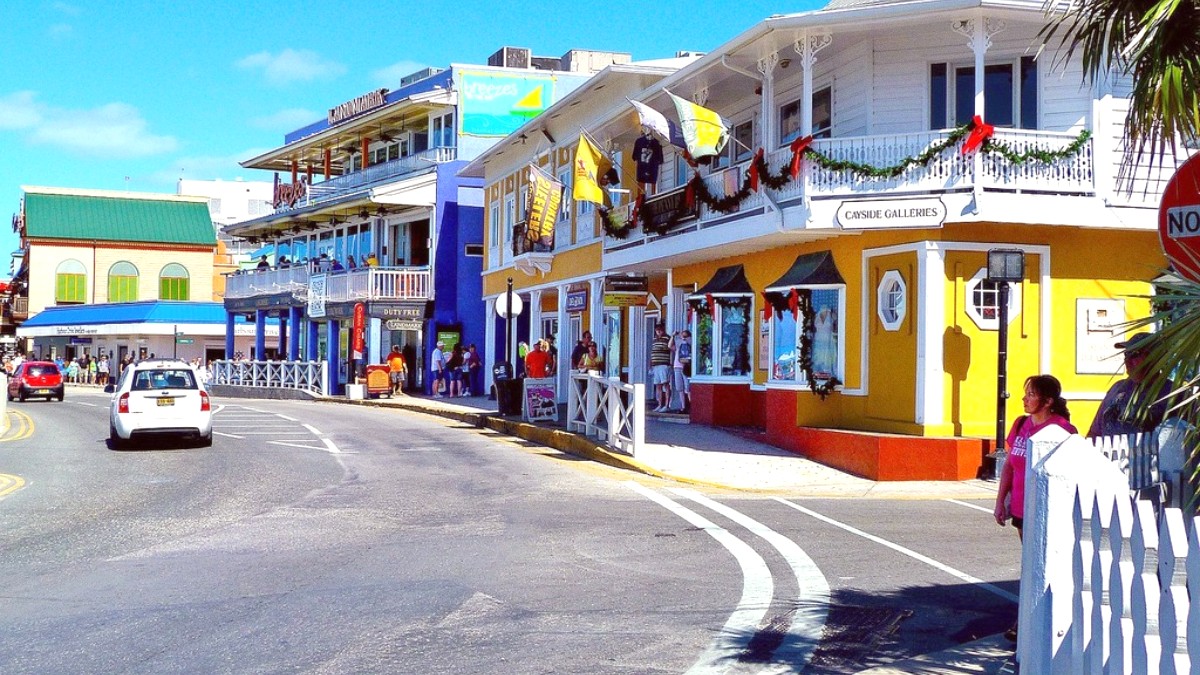
Cayman Islands
Grand Cayman operates a public mini-bus system. These are privately owned and operated vans or mini-buses that follow designated routes. Unlike traditional large city buses, they present a more informal, yet efficient, way to travel.
They are a popular choice for both locals and budget-conscious visitors.
You can wave down a mini-bus anywhere along its route. They stop if space is available. Look for a designated bus stop sign, but waving also works.
Look for a sign on the front windshield indicating the route. Common signs include "West Bay," "Bodden Town," or "East End."
Tell the driver your destination when you board or when you want to get off. They often know popular tourist spots.
Privately owned vans/mini-buses.
$2.50 - $5 KYD per ride.
Cash (KYD or USD) to the driver.
Frequent on busy routes (5-15 mins).
Taxis present a convenient and direct way to travel, specifically for short distances or when carrying luggage. Ride-sharing apps, common in other countries, are not yet prevalent here.
Cost-effective, informal, good for main routes.
Convenient, direct, good for luggage or specific destinations.
Maximum flexibility for island exploration.
Options include cars, and less commonly, motorcycles or bicycles.
Speed limits are posted in miles per hour (MPH). Seatbelt use is mandatory for all occupants. Driving under the influence is prohibited.
Penalties apply for violations.
Main roads are well-paved. Some smaller roads can be narrow or have potholes, notably in less developed areas.
Exercise caution on secondary roads.
Traffic can be heavy during peak hours in George Town and along Seven Mile Beach. Parking is generally available at attractions and hotels. Some metered parking in George Town.
Plan for slower travel times in busy zones.
By understanding these transport options, your journey across Grand Cayman can be smooth and enjoyable.
Consider your activity plans and personal preferences when choosing your preferred mode of getting around the island.